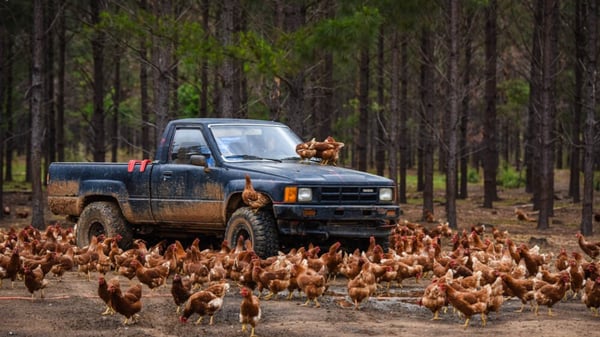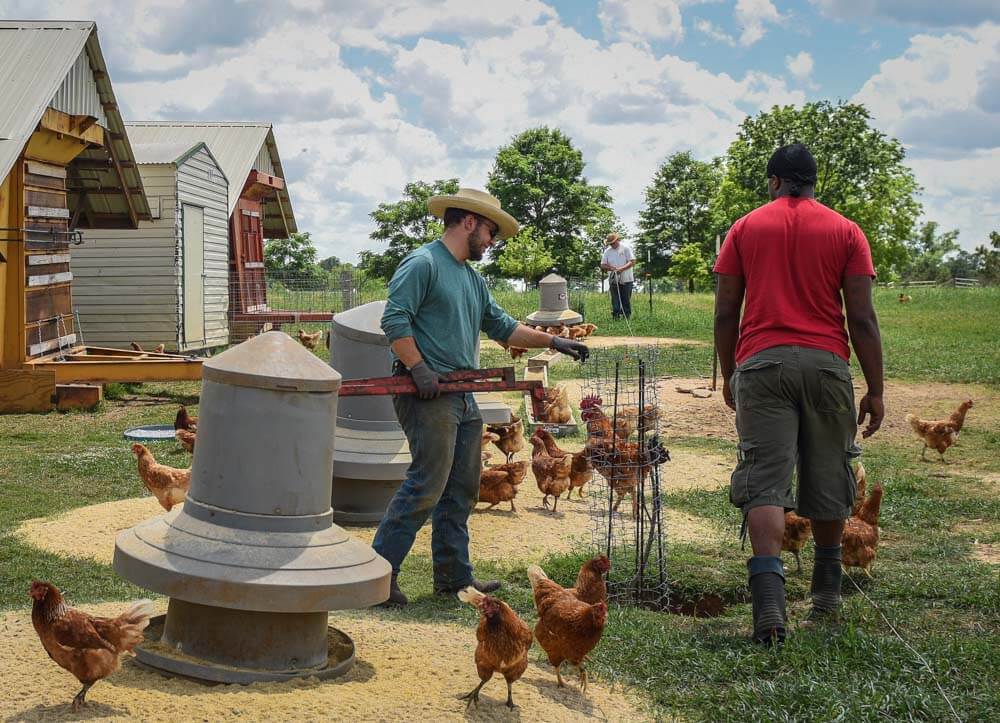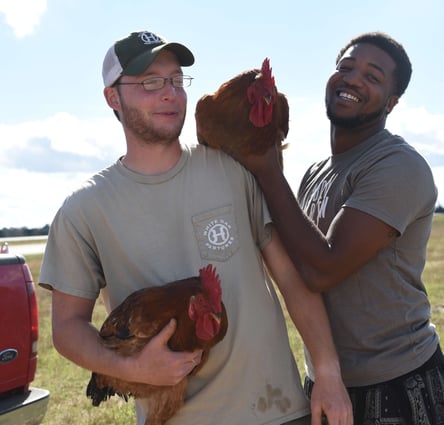 When you close your eyes and think of Mardi Gras, what do you envision? Perhaps the glamorous parades splitting the crowded streets as beads, trinkets, and doubloons are tossed from adorned participants on floats. Maybe you see the colors of purple, green and gold which signify justice, faith, and power. Some may view something dark or supernatural with images of voodoo, zombification and Papa Legba. Movies and TV shows such as Tremé, True Detective, and James Bond’s “Live and Let Die” have depicted both the light-hearted and dark sides of Mardi Gras.
When you close your eyes and think of Mardi Gras, what do you envision? Perhaps the glamorous parades splitting the crowded streets as beads, trinkets, and doubloons are tossed from adorned participants on floats. Maybe you see the colors of purple, green and gold which signify justice, faith, and power. Some may view something dark or supernatural with images of voodoo, zombification and Papa Legba. Movies and TV shows such as Tremé, True Detective, and James Bond’s “Live and Let Die” have depicted both the light-hearted and dark sides of Mardi Gras.
Steeped in Acadian culture and dating back to French medieval times, participants adorned in tattered homemade costumes and masks gather to embark in a much different parade. Men and women on horseback follow behind a leader known as a “Capitaine” down the streets.
Celebrants commute door to door with permission from the homeowner to enter the yard and perform song and dance for a donation of rice, flour, spices, and vegetables. Some hosts will climb atop the roof and release a chicken for the revelers to chase in hopes to catch for the communal gumbo. In some community gatherings, a pole coated in grease stands in a pasture with a chicken in a cage affixed to the top.
During the numerous North American wars between the British and French, refugees of the Canadian Maritime provinces fled or were forcibly deported. Many traveled south to the parishes between Lake Charles and Grand Isle.
The Courir de Mardi Gras recalls a time when Acadians would assemble after a long hard winter and food was scarce. Participants would dress in homemade garb and masks to keep their anonymity and request food from the middle and upper class for the communal feast. Each disguise was unique, with pointed hats, or capuchon, adorned to mock the style of French aristocrats.

Every morning in the fields of White Oak Pastures, our poultry field crew “chase the chicken”. There are no greased poles or chaotic chases, but under the darkness of four o’clock early morning, the crew carefully gathers the birds. Each bird is hand selected to abide by our Animal Welfare guidelines and delivered to the Poultry Abattoir.
Below you will find a recipe for a Gumbo. You do not have to compete in the chase of a chicken or go door-to-door, singing and dancing to harvest your ingredients—although feel free to try.
You can find your chicken, sausage, and broth you need with a couple of clicks from our online store. Once your package arrives, you may do a little happy dance. Go ahead, we will not pass any judgment.

Pasture-Raised Chicken & Cajun Sausage Gumbo Recipe
By Ban Stewart- This recipe uses a whole roasted chicken and sausage.
- You can use any sausage you prefer but we like ours with any of these White Oak Pastures Sausages: Pork Cajun Links, Chicken Cajun Links or Pork Smoked Sausage.
- Okra is used as a thickening agent rather than filé powder.
- The dark roux is a crucial element for this recipe. Constant attention is needed to prevent burning, but don’t fret too much. Place the roux on low-medium heat and watch the it slowly change color with the nutty aromas.
Ingredients:
- 1 whole medium White Oak Pastures Pasture-Raised Chicken (roasted and fully cooked)
- 1 cup cooking oil (vegetable or your choice, but not olive oil, as it will tend to burn)
- 1 lb White Oak Pastures Sausages (we prefer Pork Cajun Links, Chicken Cajun Links or Pork Smoked Sausage)
- 1 cup chopped yellow onion
- 1 cup chopped green bell pepper
- 1 cup chopped celery
- 1 pound of sliced okra (fresh or frozen)
- 1 1/2 cups All-Purpose Flour
- 6-8 cups of White Oak Pastures Poultry Bone Broth (keep hot in a small stock pot)
- 2 bay leaves
- 1 teaspoon minced garlic
- 1 teaspoon dried thyme
- Salt and Pepper to taste
- Creole Seasoning to taste
Method:
- Season and roast the whole chicken ahead of time, let it cool completely. Shred whole bird into small pieces.
- In a heavy-bottomed stock pot, add 1 Tablespoon oil and turn heat to medium. Add sliced sausage and brown, cooking in batches to prevent overcrowding. Remove with a slotted spoon and set aside.
- Add remaining oil and turn the heat to low-medium. Carefully add the flour and stir constantly. Use a squared off wooden spoon or a wire whisk. Do not allow roux to burn.
- Once the roux is a dark chocolate color with a nutty smell, add the onion, peppers, and celery. Cook for 5 minutes.
- Slowly add the hot chicken broth 1 cup at a time and continue to stir to prevent clumping.
- Once you have the desired thickness, add the okra, bay leaves, minced garlic, dried thyme, creole seasoning with salt and pepper.
- Bring to a slow boil then reduce to a simmer, uncovered. Cook for 1 hour. Stir occasionally.
- Add the chicken and sausage, cook for an additional hour. Stir occasionally.
- Skim off any foam and fat that has floated to the top.
- Check seasonings and adjust as needed.
- Serve over cooked rice with green onions as garnish.

